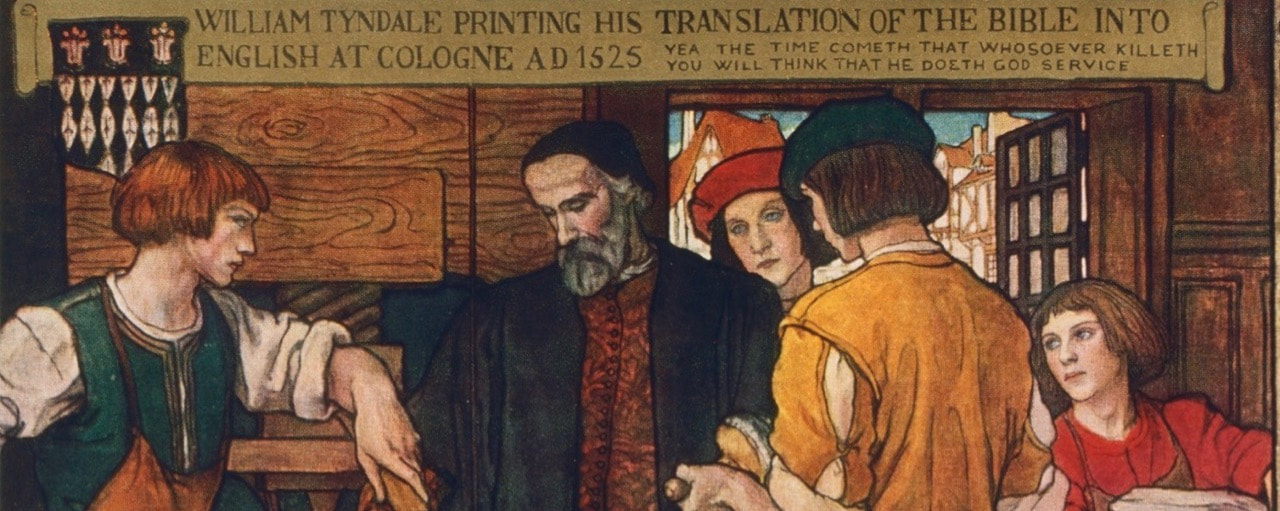Mamusse Wunneetupanatamwe Up-Biblum God
|
The first Bible printed in the United States was in the Massachusett dialect of Algonquin. Today it is unreadable.
Even at the time this Bible was published, Algonquin was considered to be the most difficult language in the world. Cotton Mather said that it did not have “the least affinity to or derivation from any European speech” and he asked “my reader” to “count how many letters there are in this one word!” (Nummatchekodtantamoonganunnonash, meaning “our lusts”) The Bible’s translation was made by John Eliot, a Puritan pastor who took time from his church in Roxbury, Massachusetts, to visit the Indians. “The weather was cold and snowy. Was wet for the entire time but that is a small price to pay for the privilege of taking the Gospel to them,” he wrote. Eliot gathered eleven hundred “praying Indians” into fourteen self-governing communities, and spent ten years translating the Bible. The Society for the Propagation of the Gospel in New England sent from England a printing press, paper, and Marmaduke Johnson to assist Massachusetts printer Samuel Green. (One complication was that while working on the Bible, Marmaduke was indicted by a grand jury on a charge of “obtaining the affections” of Samuel Green’s daughter without her father’s consent. It turns out he had proposed marriage, even though he already had a wife in England.) The New Testament was printed in 1661 and the complete Bible in 1663. A second printing was made after many of the first Bibles were destroyed in 1675 in a war against the British by an Algonquin chief known as King Philip. The importance of Eliot’s Bible is not because of its text, but because it demonstrates the passion of the early colonists to |
provide the indigenous people of the New World the Scriptures in their own language.
It was also significant because it was the first time the entire Bible was translated into a language not native to the translator. Previously, scholars had translated the Bible from Greek, Hebrew, or Latin into their own language. With Eliot, the translation was into a language he was just learning for the purpose of evangelization. John Eliot’s missionary work, language study, and literacy efforts established a pattern later repeated by many Bible translators. |

